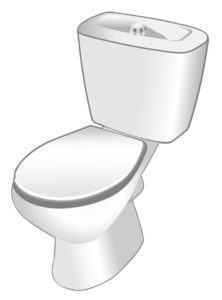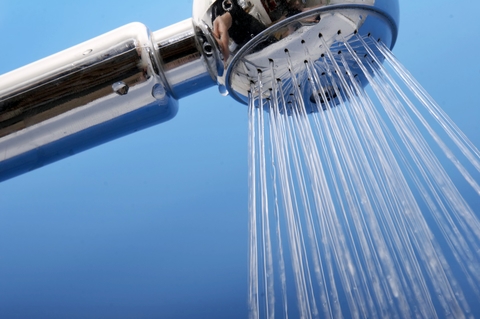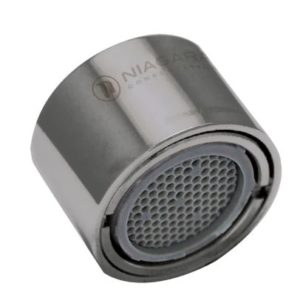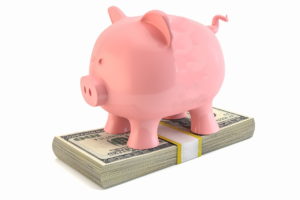Four High-Efficiency Plumbing Options In Ocean City, NJ
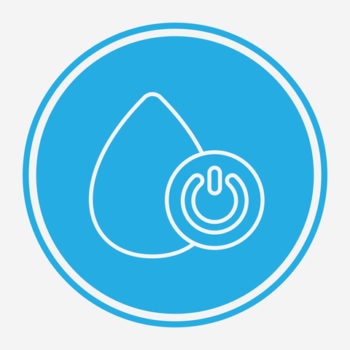
Upgrade Your Jersey Shore Home With These High-Efficiency Plumbing Options
High-efficiency plumbing options are more than just environmentally-friendly. They’re also good for your wallet. And, in the case of vacation homes and rental properties, they can increase a house’s appeal while decreasing the expenses. Four popular fixtures are:
- High-Efficiency Toilets
- Low-Flow Shower Heads
- High-Efficiency Faucets
- Tankless Water Heaters
When we’re talking about high-efficiency plumbing, we mean fixtures that use less water than traditional ones. But, they also still deliver when it comes to water pressure and flow.
In this post, we’re looking at some of the most popular options for homes in Marmora, Avalon, Ocean City, and other towns in South Jersey.
If you’re interested in learning more about any of them, give us a call at Broadley’s. We’ll help you find out what would work best in your home.
WaterSense
When considering high-efficiency plumbing fixtures, look for the WaterSense label. It’s a certification from the Environmental Protection Agency.
To get the label, a product has to meet specific efficiency requirements. And, in many cases, it also has to do so without sacrificing too much usability.
That way, people don’t end up running their water more than before to make up for lower pressure or flow.
We’ll reference WaterSense criteria throughout the article. You can learn more about the program here.
High-Efficiency Toilets
The expression “flushing money down the drain” applies here: Toilets account for about one-third of all the water your home uses. So, a high-efficiency toilet can make a huge impact on your bill and overall water use.
Under federal law today, all new toilets must use 1.6 gallons per flush (gpf) or less. High-efficiency models use anywhere from 1.28 down to .8 gallons.
This is part of a trend that’s been going on for decades. Before 1992, toilets used between 3.5 and 7 gallons per flush. Then the EPA established the 1.6 gpf standard.
- Low-flow single-flush
- Dual-flush
- Pressure-assist toilets
Let’s look at these a little closer.
Single-Flush
These work just like regular toilets. The difference is, they use up to 1.2 gallons less each time.
Dual-Flush
These models have two options for flushing. Press one button for a full flush to handle solids. Or, the other for a flush that uses even less water usually .8 to 1.1 gallons.
Pressure-Assist Toilets
These rely on compressed air, rather than just gravity, to get rid of waste. There’s a second chamber inside the toilet tank that releases compressed air when you flush.
This process creates a stronger flush using less water than traditional models. And, as a bonus, the higher water level means the bowl ends up cleaner.
Cost Savings
According to the EPA, you can save around $130 a year when you replace old, inefficient toilets. That’s calculating using 13,000 gallons less over that time.
Low-Flow Shower Heads
No, you don’t have to give up a good shower to save water. Today’s low-flow showerheads still give you the water pressure you need. But, they use fewer resources to do it.
A regular shower head uses around 2.5 gallons of water a minute. For the average household, that’s 40 gallons a day — about 17 percent of your total water use.
Water Sense-labeled models must at least five percent less than that.
But, if the low-flow models were weak, then people would end up taking longer showers. So, the EPA also came up with other criteria for intensity and coverage.
This way, a WaterSense shower head will use less water than a regular model. But, you’ll still get enough pressure and overall water for a comfortable shower.
Water and Cost Savings
When it comes to conserving water, the quicker, the better. You can save 550 gallons a year just by shortening each shower by one minute.
Meanwhile, let’s say your family takes, in all, four 10-minute showers every day. Going from 2.5 gallons to 2 gallons a minute will save you $126.96 annually.
Those savings especially add up in Avalon, Ocean City, and other Jersey shore towns. Summer renters will often take more showers than that when the entire family comes home from the beach every day.
High-Efficiency Faucets
Next up are high-efficiency faucets. Believe it or not, your taps use almost as much water as a shower head. The average bathroom faucet uses 2.2 gallons per minute. A WaterSense-certified one will use 1.5 or less.
That thirty-percent decrease every minute adds up to anywhere from 500 to 700 gallons a year.
You can opt for entirely new faucets. Or, install an add-on such as an aerator to adjust the flow without buying new fixtures.
And, once again, the EPA also made sure any WaterSense products will work well enough, so you don’t end up running the tap longer.
To that point, kitchen faucets must have higher pressure than bathroom models. This way, they’re strong enough to rinse dishes.
That saves on more than just water. There’s also the energy to heat that water. The longer you run it, the more gas, oil, or electricity you use.
Tankless Water Heaters
A tankless water heater will save even more on heating resources as well as water. It also solves the problem of running out of hot water — a common problem when people come home from the beach, and all want showers at the same time.
These take the place of traditional water heaters. Those units use a lot of resources to keep dozens of gallons of water warm at the same time.
But, if you use them all at once, you’ll only get cold water until the tank refills.
The average capacity is between 40 and 60 gallons. At 1.5 gallons a minute with a low-flow shower head, you’ll run out with four ten-minute showers.
A tankless heater doesn’t store any water. Instead, it warms the water as it comes in through the pipes.
That also means the water is hot as soon as you turn on the tap. No running the faucet for a minute or two — three gallons or more — just waiting for it to warm up.
Savings and Rebates
In all, that adds up to $44 to $108 in savings every year. And, that’s not putting a dollar amount on the convenience of always having hot water.
However, these come with, by far, the largest price tag of any item on this list. But, there’s more opportunity for savings.
In New Jersey, you can get a $300 rebate for installing an energy-efficient water heater. And, the Navien models, in particular, that we usually install fit that bill.
If you’re looking for ways to reduce your water use — and water bill — for your home in Atlantic County or other Jersey shore points, call or email us at Broadley’s. We’ll help you find the products and strategies to make your home more efficient without sacrificing your comfort.



